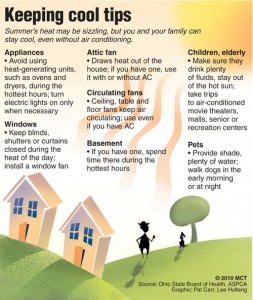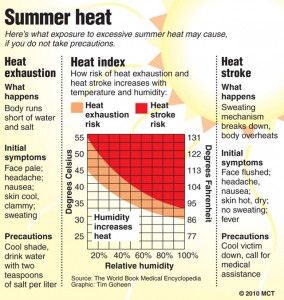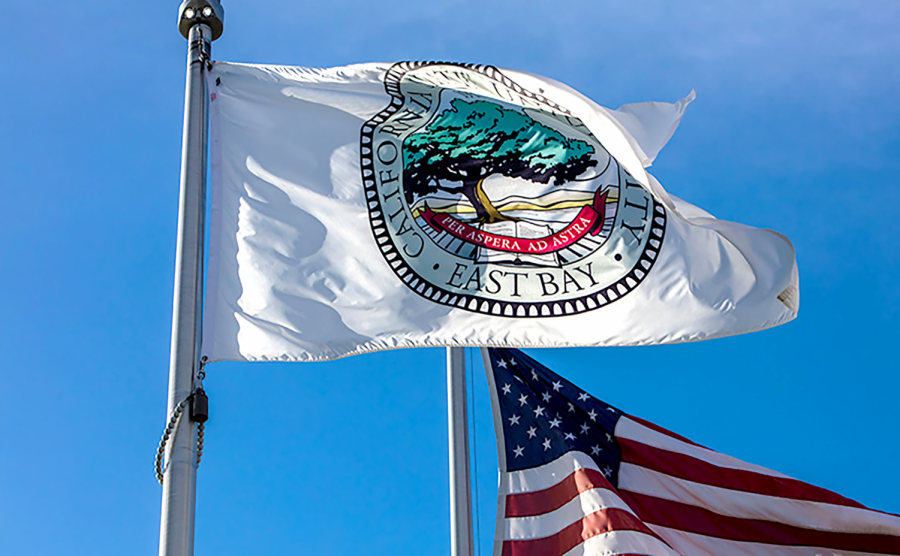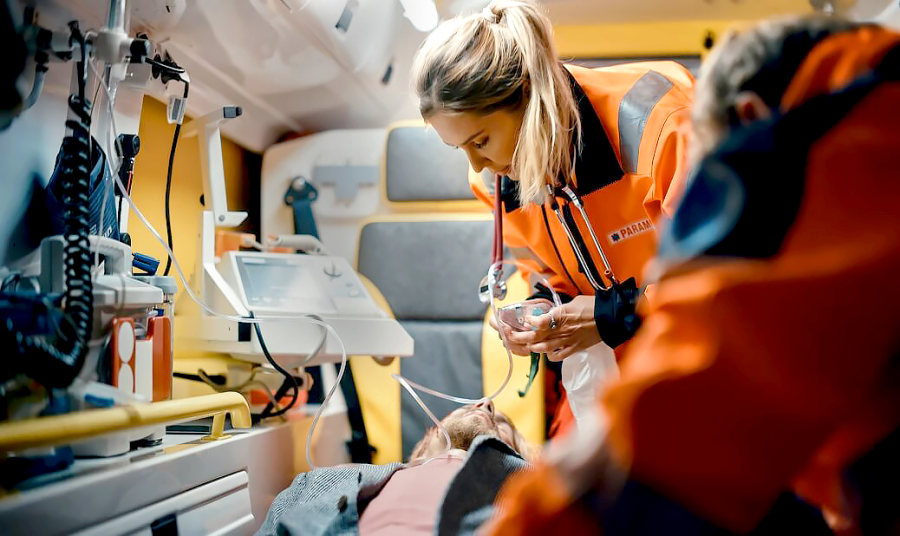
As summertime approaches, people look forward to having fun in the sun. However, people should take caution since the Center for Disease Control and Prevention states that “in the U.S., heat kills more people than floods, earthquakes, lightning, tornados and hurricanes combined.”
While enjoying the nice weather, it is easy to ignore the dangers of heat which is why so many people are caught unprepared when a heat wave hits.
“Warm weather is something that is not tangible and effects are cumulative over time,” said CSUEB Manager of Health and Wellness Services Jennifer Miranda. “Often, individuals may not know how much exposure to the heat they have had but feel the effects (sun burn, dehydration) after a period of time.”
According to the Center for Disease Control and Prevention (CDC) from 1979-2003, heat caused 8,015 deaths in the U.S.
In 2001 alone, 300 heat-related deaths occurred and currently about 200 people die from heat exposure each summer.

According to Medicine.net, heat related illnesses can emerge after just several days of being exposed to high temperatures, with an inadequate balance of fluids.
Our bodies go into “shock” and are unable to compensate to properly cool themselves. Usually the body cools by “sweating it out,” but in some cases, sweating just isn’t enough.
Excessive heat exposure can not only develop into heat related problems, but may also damage the brain or other vital organs, says the CDC.
“When it’s hot outside, our team tends not to practice for too many hours at a time,” said softball player Shenise Cox. “We have gallons of ice water available for us to drink during practice and we refuel every ten minutes. We also put on our own sunscreen of about SPF 30 to give us extra protection as well.”
Heat exposure can cause a number of illnesses. Some are minor, while others can pose serious medical risks if they go untreated.
The first, and least severe, is a heat rash. It shows up in the appearance of small red bumps and can appear on the neck, chest, groin area or in elbow creases.
The best treatment for heat rash is to simply get into a cooler environment and apply powder to ease irritation.
Another heat-related illness occurs when salt- levels are low in the muscles. Heat cramps can occur and usually develop in the legs and/or stomach.
Once you feel these cramps, it’s best to stop whatever activity you were doing immediately and re-hydrate. A sports beverage can replace salt and minerals in the body quickly.
According to Medicine.net, heavy sweating, paleness, muscle cramps, tiredness, weakness, dizziness, headaches and nausea are all symptoms of heat exhaustion.
With heat exhaustion, your body pushes blood to the skin, in order to help cool it down. This takes blood from vital organs and sends your body into mild shock.
“Personally, I have never seen anyone get heat stroke but I had heat exhaustion a few times and it’s hard to cope with especially during practices or games,” said soccer player Carlos Navarrete. “It makes you feel sluggish, dehydrated, nauseated and sometimes give you headaches.”
With heat exhaustion, although the skin may be cool and moist, the victims pulse rate will be fast, weak and breathing will be fast and shallow.
If heat exhaustion goes untreated it can lead to heat stroke, which is a medical emergency.
Heat stroke is the most severe and deadly heat illness. Within just 10-15 minutes, body temperatures can rise to 106 degrees or higher.
Symptoms of a heat stroke include: throbbing headaches, dizziness, confusion, red, hot and dry skin.
If you’re around someone when they have a heat stroke it is important to get cold water on them, sit them down and fan them. Do not give the victim fluids because it is important to keep their air passage open.
Unfortunately, due to scientific research, heat-related health complications are predicted to become more common in the near future, since the average temperature around the globe keeps rising.
Don’t let this information get you down or keep you from enjoying your summer vacation, just take some precautions to keep yourself safe.
“Seek shade during the hottest times of the days (11am to 2pm), drink plenty of water, avoid alcohol or high sugar drinks, stay indoors if possible, wear sunscreen and protective clothing outdoors.”
The CDC also recommends that “you increase your fluid intake, regardless of your activity level. Don’t wait until you’re thirsty to drink and in high temperatures you should try to drink 2-4 glasses of cool fluids each hour, especially during heavy exercise and high temperatures.
It is also good to keep the air conditioning on in the house, if you don’t have an air conditioning system, go to public places that do, such as: libraries, malls, movies, etc.
Please remember to never leave children or pets in the car. General Motors of Canada did a study in which they found that on a 95 degree day, a parked car can reach temperatures of 120 degrees in just 20 minutes and surpass 150 degrees in about 40 minutes.
Leaving a child in the car for 15 minutes on a hot day can kill the child even after only 5-10 minutes, the child is at risk for heat stroke.
On average 30 children die annually in the U.S. from being left in a hot car waiting on somebody to return.
Take note of these tips and have a safe summer everybody!

















